I could stand it no longer – I HAD to build something. I decided it would be Heathkit’s resurrected Most Accurate Clock (GC-1006). Way back when, I lived 1/2 mile from the Phoenix, AZ Heathkit store. I bet I was there once a week. At one time my entire ham station was Heathkit.
A full assembly review will follow, but in this post I want to talk about the tools that make the building not only possible but pleasurable.
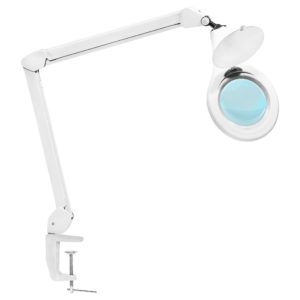 LED Magnifying Lamp
LED Magnifying Lamp
I’m 66 years old now, and my eyes are not what they were when I was nineteen. This thing is nice and bright and the magnifier allows me to give those solder joints a close inspection. I got mine from Amazon.
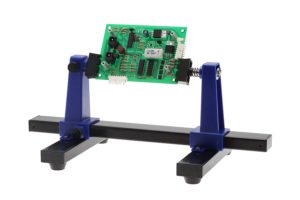
Aven 17010 Adjustable Circuit Board Holder
For $12.27 I was not expecting much, but this quality of this thing surprised me. I wish I had bought this 30 years ago when I was building Heathkits all the time. It holds the pCB nicely, and the PCB can be rotated so you can work on either side. I purchased it from Amazon.
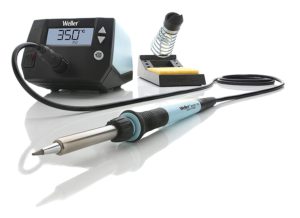 Weller WE1010NA Digital Soldering Station
Weller WE1010NA Digital Soldering Station
Nothing symbolized the words “I’m Back” more than this. Many years and two houses ago (and back when my entire ham station was Heathkit) I owned an older (non-digital) Weller soldering station. I loved it. In 2007, I moved into a new house. It was a very nice house. I had kinda lost interest in Ham Radio and so the fact that there was no room for a ham station didn’t bother. Nor did the fact that there was an HOA and antenna restrictions. I sold all my ham gear, my test equipment, and my tools. Including that Weller soldering station.
So when I moved into this house out in the country and saw that I would have room for a nice bench along the wall behind me to hold ham gear, and there were no antenna restrictions, I started reacquiring the tools and gear. And one of those tools was this Weller soldering station.

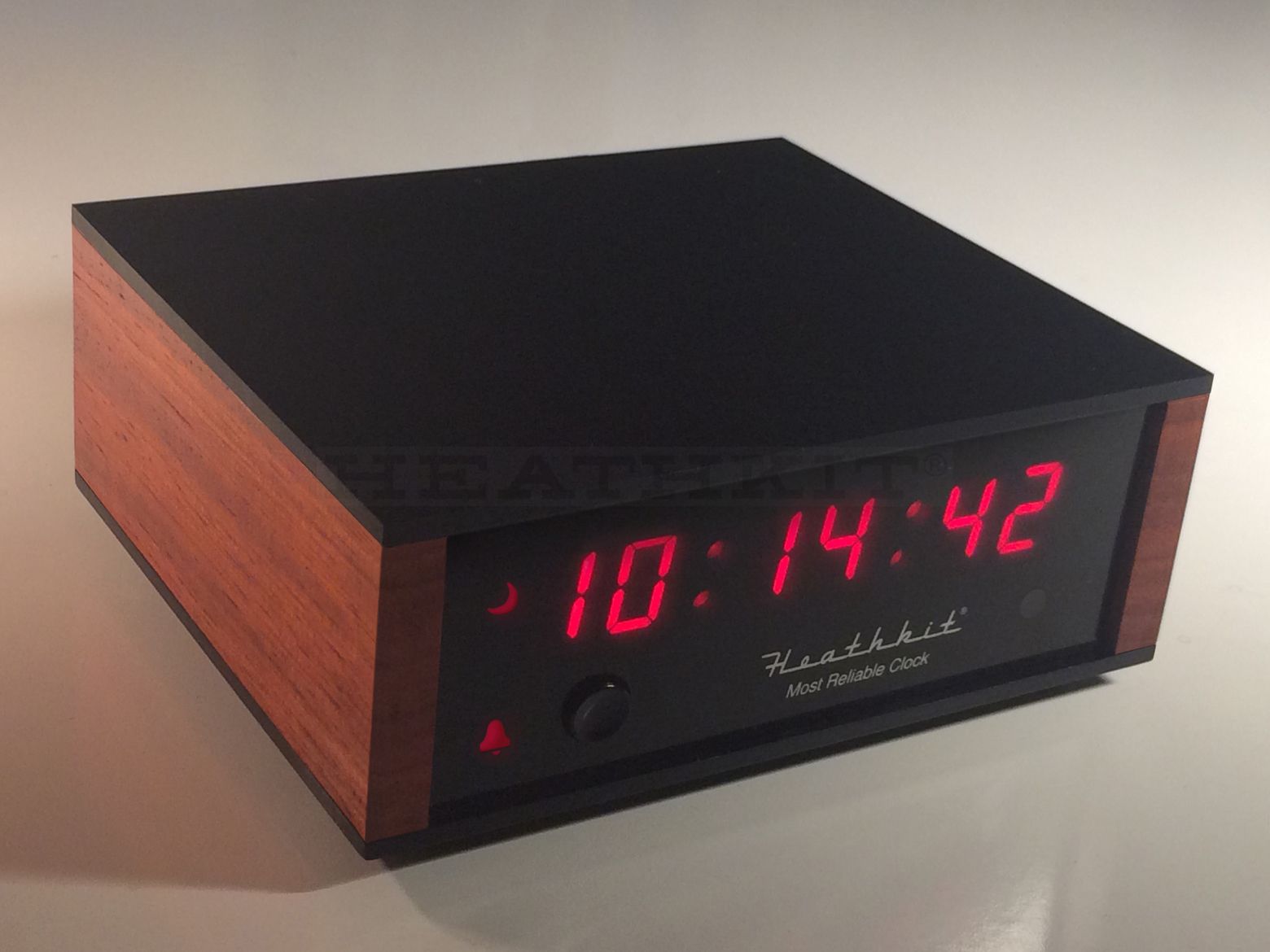


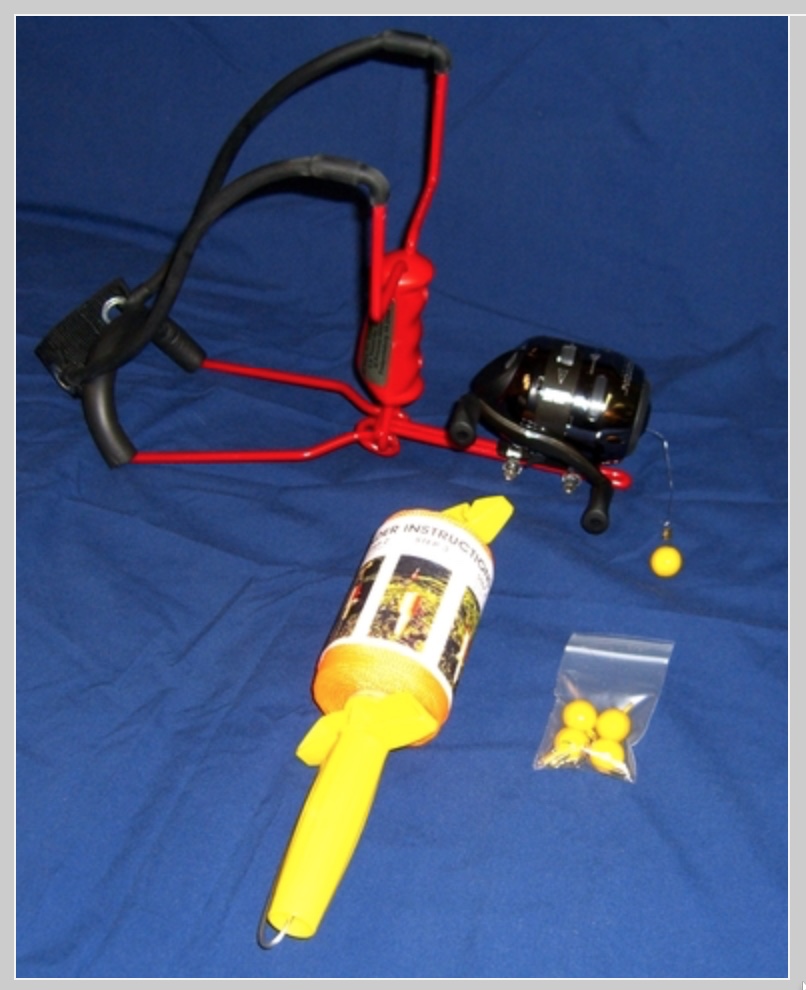


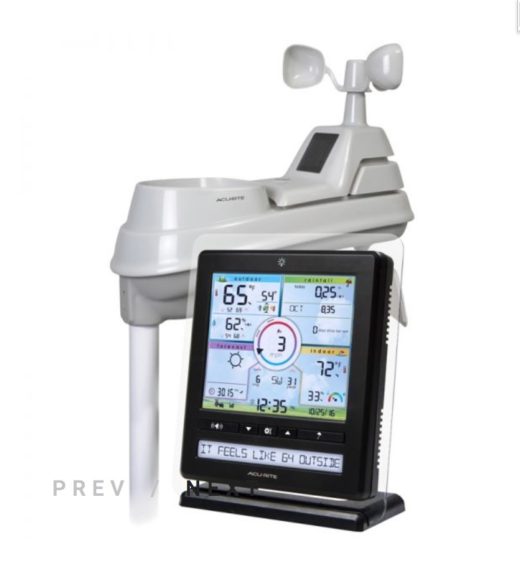 The past year or so has been really hectic. My professional workload has been much higher than I would like. Things are starting to settle down now. Time to give some attention to my much-neglected ham station.
The past year or so has been really hectic. My professional workload has been much higher than I would like. Things are starting to settle down now. Time to give some attention to my much-neglected ham station.


